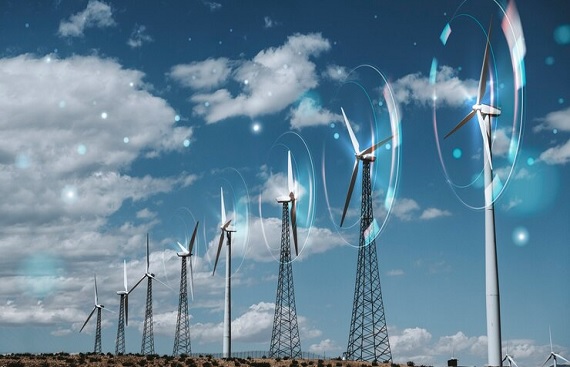India Hits Record 18 GW Renewables in FY24
By
siliconindia | Monday, 15 April 2024, 09:56:35 AM IST

India has made significant strides in renewable energy, with a record capacity addition of 18.48 GW in the fiscal year 2023-24, marking a 21% increase from the previous year. This data, sourced from the Ministry of New & Renewable Energy, underscores the country's commitment to transitioning towards sustainable energy sources. However, industry experts caution that meeting the ambitious target of 500 GW of renewables by 2030 requires a substantial acceleration in capacity addition.
As of March 31, 2024, India's installed renewable energy capacity stands at 143.64 GW, excluding large hydropower projects exceeding 25 GW each, which amounts to an additional 47 GW. Nevertheless, experts argue that the total renewable energy capacity, including large hydro projects, is around 190 GW. To reach the 500 GW target, India needs to add 310 GW over the next six years, averaging at least 50 GW annually.
Union Power and Renewable Energy Minister RK Singh remains optimistic, citing ongoing projects and bids. With 103 GW under construction and 72 GW under bids, he believes India is on track to surpass the target well before 2030.
To accelerate progress, the Ministry of New & Renewable Energy aims to bid out around 50 GW of renewable energy projects annually. Solar energy leads the pack, with 12.78 GW added in 2023-24, followed by 2.27 GW of wind energy. Solar installations dominate the renewable energy landscape, comprising 81.81 GW of the total installed capacity, followed by wind energy at approximately 46 GW, biomass cogeneration at 9.43 GW, and small hydro at 5 GW.
Regionally, Gujarat and Rajasthan lead in renewable energy capacity, boasting around 27 GW each, followed by Tamil Nadu with approximately 22 GW, Karnataka with about 21 GW, and Maharashtra with around 17 GW. Himachal Pradesh and Andhra Pradesh each have an installed capacity of around 11 GW.
India's renewable energy sector continues to show promise, but concerted efforts are needed to ramp up capacity additions to meet ambitious targets and address the growing demand for clean energy.
Read More News :
Stocks to Watch: TCS, Vedanta, Ambuja Cements, ACC, Yes Bank, DLF

.jpg)
.jpg)
